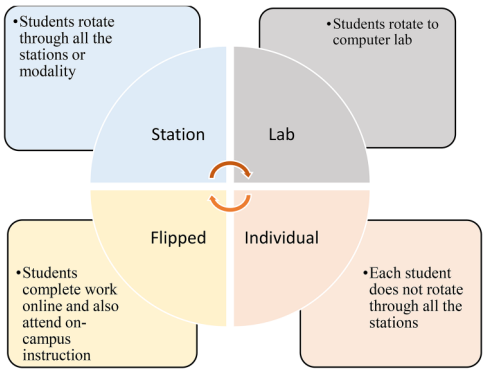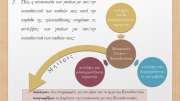By Jitendra Singh, Keely Steele and Lovely Singh
The coronavirus disease 2019 (COVID-19) pandemic has changed the landscape of higher education. As academic institutions across the world continue to deal with the global health crisis, there is a need to examine different instructional approaches including online, hybrid, and blended learning methods. This descriptive study provide an in-depth review of the history of blended learning, evolution of hybrid model of instruction, preparedness of faculty with minimal or no experience in online teaching, and lessons learned as faculty worked on navigating COVID-19 situation since early 2020. A fish-bone analysis, a visual and structured approach to identify possible causes of problem, has been used to present the problems faced by faculty during the pandemic. A detailed Strength–Weakness– Opportunities–Threat analysis of blended/hybrid learning has been presented. An evidence-based approach on how instructors can combine the best of both traditional and online instruction to offer engaging learning experiences for students has been described. This research provides valuable insights to faculty and administrators who are preparing to teach during a pandemic and making efforts to academically survive it.
Read the article here.





